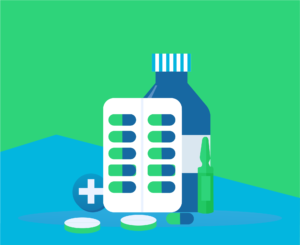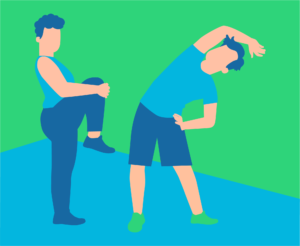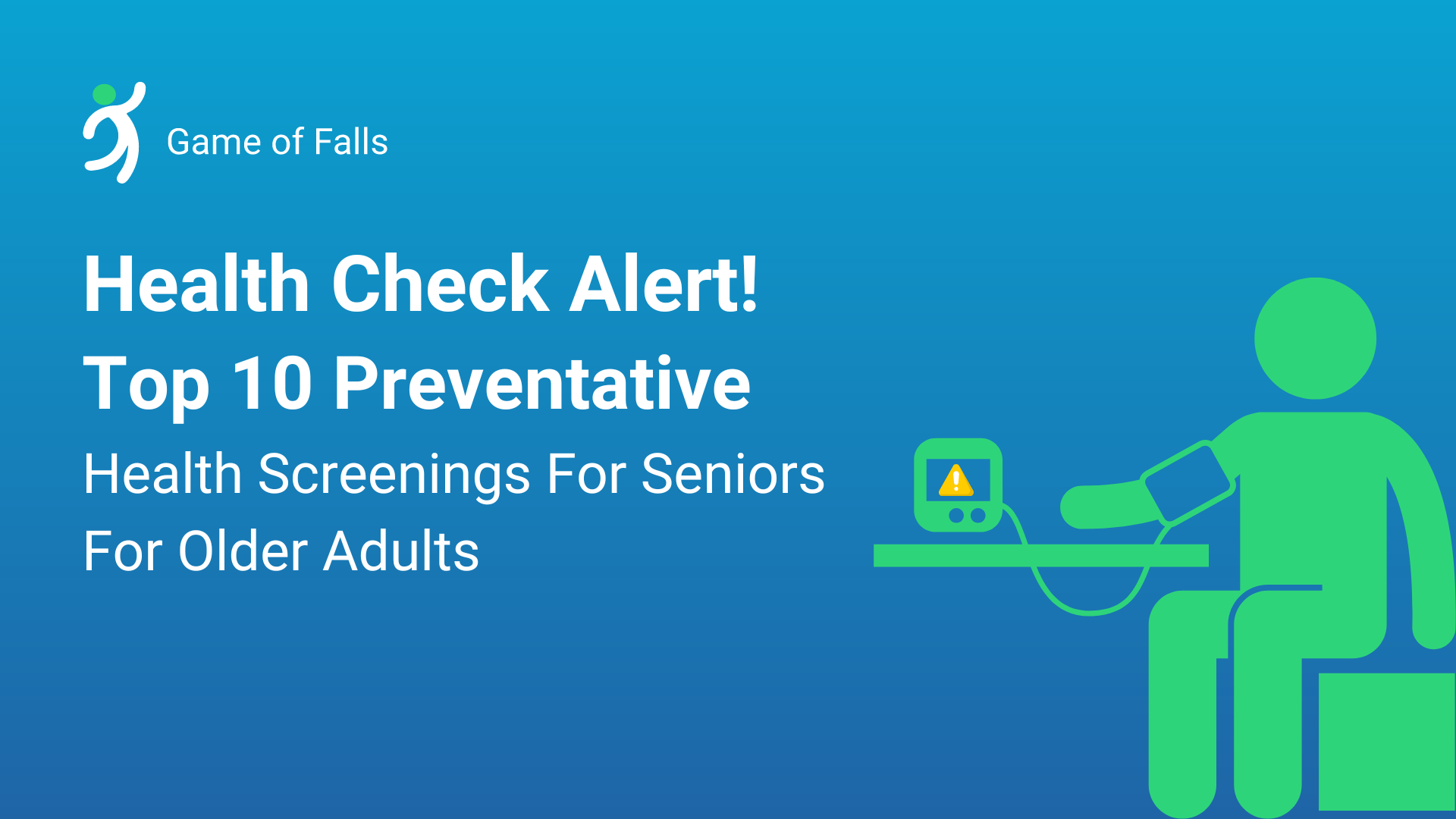
Falls are a common concern for elderly patients, and they can lead to serious injuries, hospitalizations, and decreased mobility. As people age, their risk of falling increases due to changes in their physical and mental health. In this article, we will discuss the causes, risk factors, and prevention strategies for falls in elderly patients, as well as how healthcare professionals can help prevent falls and improve patient outcomes.
Falls in Elderly Patients – Causes
Falls can occur for a variety of reasons, including environmental factors, such as uneven surfaces or poor lighting, and underlying medical conditions. When it comes to fall risks at home, one way of preventing them is by playing Game of Falls- Prevent elderly falls . This tool can help you and your loved ones stay safe and avoid falls, improving your overall quality of life. Some of the most common causes include:
1. Balance and gait problems
As people age, their balance and gait may become less steady, making them more prone to falls. This can be caused by a variety of factors, including muscle weakness, joint problems, and neurological conditions.
2. Medications

Certain medications can cause dizziness, confusion, or other side effects that can increase the risk of falls. These may include sedatives, antidepressants, and antipsychotics, among others.
3. Chronic medical conditions
Chronic medical conditions, such as diabetes, heart disease, and Parkinson’s disease, can increase the risk of falls
4. Vision and hearing problems
Impaired vision or hearing can make it more difficult for elderly patients to navigate their environment safely, increasing the risk of falls.
5. Environmental factors
Environmental factors, such as poor lighting, cluttered walkways, and uneven surfaces, can increase the risk of falls
Risk Factors for Falls in Elderly Patients –
In addition to the causes of falls, there are several risk factors that can increase the likelihood of falls in elderly patients. These include:
1. Age
The risk of falls increases with age, with elderly patients over the age of 65 being at the highest risk.
2. Gender
Women are more likely to experience falls than men, due to differences in bone density and muscle mass.
3. Chronic medical conditions
Chronic medical conditions, such as diabetes, heart disease, and Parkinson’s disease, can increase the risk of falls in elderly patients.
4. Medications
Certain medications can increase the risk of falls, as noted earlier.
5. Environmental factors
Environmental factors, such as poor lighting, cluttered walkways, and uneven surfaces, can increase the risk of falls in elderly patients.
Prevention Strategies
There are several prevention strategies that can help reduce the risk of falls. These include:
1. Exercise

Regular exercise can improve balance, strength, and flexibility, reducing the risk of falls.
2. Medication review
Healthcare professionals can review patients’ medications to identify any that may increase the risk of falls, and adjust them as necessary.
3. Vision and hearing tests
Regular vision and hearing tests can help identify any impairments that may increase the risk of falls.
4. Home modifications
Modifying the home environment, such as adding handrails, grab bars, and improved lighting, can help reduce the risk of falls.
5. Footwear
Proper footwear can provide stability and reduce the risk of falls, especially in elderly patients with balance or gait problems.
6. Fall risk assessments
Healthcare professionals can perform fall risk assessments to identify patients at risk of falls and develop personalized prevention strategies.
Falls are a major concern for elderly patients, and hospitals must take steps to prevent them. Understanding falls risk factors is crucial to developing effective prevention strategies.
One innovative solution that hospitals can use to promote fall prevention is Game of Falls, which helps patients and their families understand the risk factors for falls and how to prevent them. It uses interactive exercises to engage patients and prevent them from falling down through fall prevention strategies.
As flu season turns up the dial, one question often comes to mind: Why does the flu hit older adults so hard? It’s a perfect storm where senior flu prevention becomes key since their natural aging nudges immune systems into a less active state, amplifying the impact of flu symptoms. For caregivers, ensuring flu season […]
Confidence is a crucial ingredient in living a fulfilling and independent life, especially for seniors. So, what happens when an event like a fall shakes the very foundation of a person’s confidence, particularly in the elderly? After a fall, it’s natural for seniors to feel vulnerable and apprehensive about engaging in their everyday activities. Fear […]
Have you considered that growing older might mean getting better, so long as you nurture the one body you’ve been given? Staying active is a dynamic part of aging, and a key aspect of that is utilizing preventive health screenings to catch problems early. The good news is that Medicare and most health plans cover […]
Did you know that the medicines meant to ensure your health could also increase your chances of a fall? It’s a startling thought, but true for many older adults. As we age, we often become, rather ironically, a walking pharmacy. With every pill we swallow to keep our health conditions in check, there lies an […]





